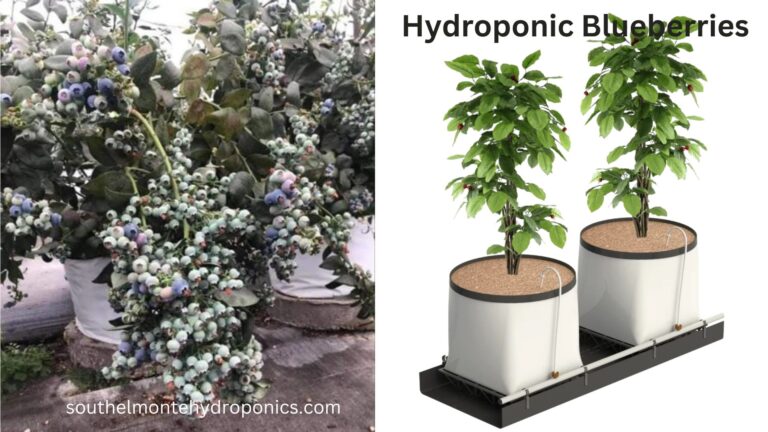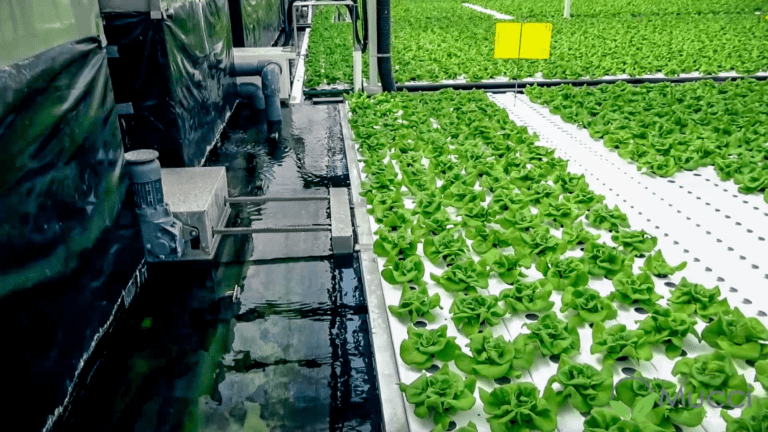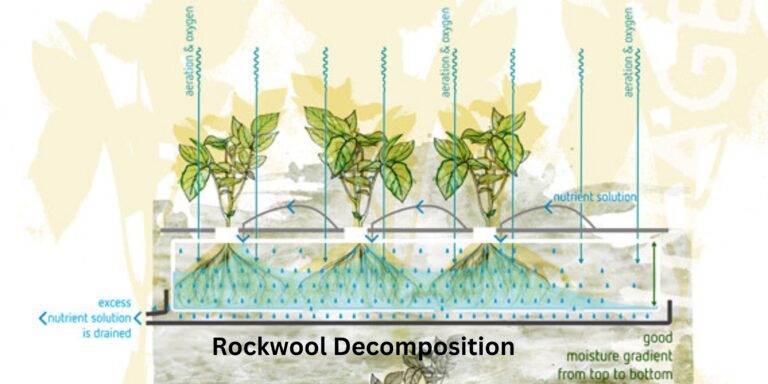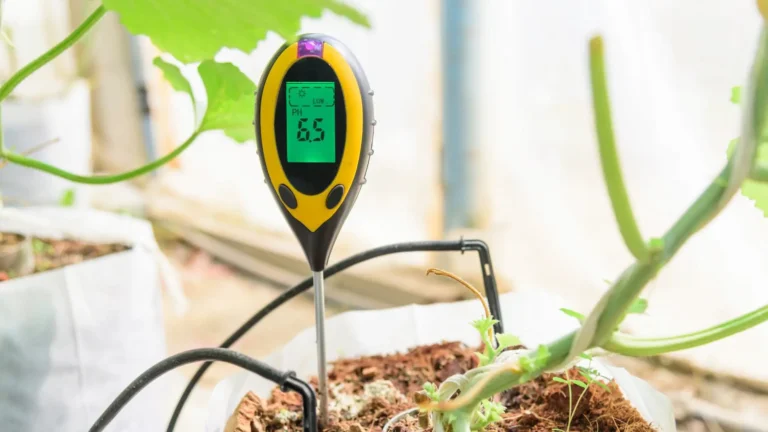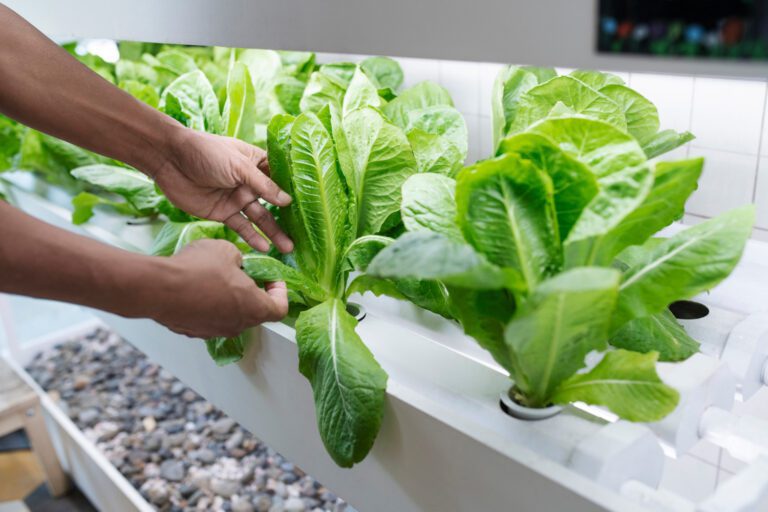How Panoponica Technology is Revolutionizing Agriculture with Advanced Hydroponics
Table of Contents
Addressing Food Security: Panoponica’s Contribution to Sustainable Food Production
Panoponica, a leading company in the agricultural industry, has been making significant contributions to sustainable food production, playing a crucial role in addressing food security. With their innovative approach to farming, Panoponica has revolutionized the way food is grown, ensuring a consistent supply of fresh produce while minimizing the environmental impact.
One of the key ways Panoponica addresses food security is through hydroponics, a soil-less cultivation method that utilizes nutrient-rich water solutions to provide plants with the essential elements they need to thrive. By adopting hydroponics, Panoponica has eliminated the reliance on traditional agricultural practices that are often hindered by unpredictable weather conditions and limited arable land. This method allows for year-round cultivation, enabling a continuous supply of nutritious food regardless of the season.
Moreover, Panoponica’s hydroponic systems have demonstrated higher water and resource efficiency compared to conventional farming methods. Through precise water management and nutrient delivery, they have significantly reduced the amount of water and fertilizers needed, minimizing waste and protecting natural resources. By doing so, Panoponica not only ensures the sustainability of food production but also contributes to the conservation of our planet’s precious ecosystems.
In addition to hydroponics, Panoponica is also exploring vertical farming techniques, which involve cultivating plants in stacked layers vertically, instead of horizontally. By maximizing the use of space, this approach allows for growing larger quantities of crops in smaller areas. Furthermore, vertical farming minimizes the need for transportation, reducing the carbon footprint associated with food production and distribution.
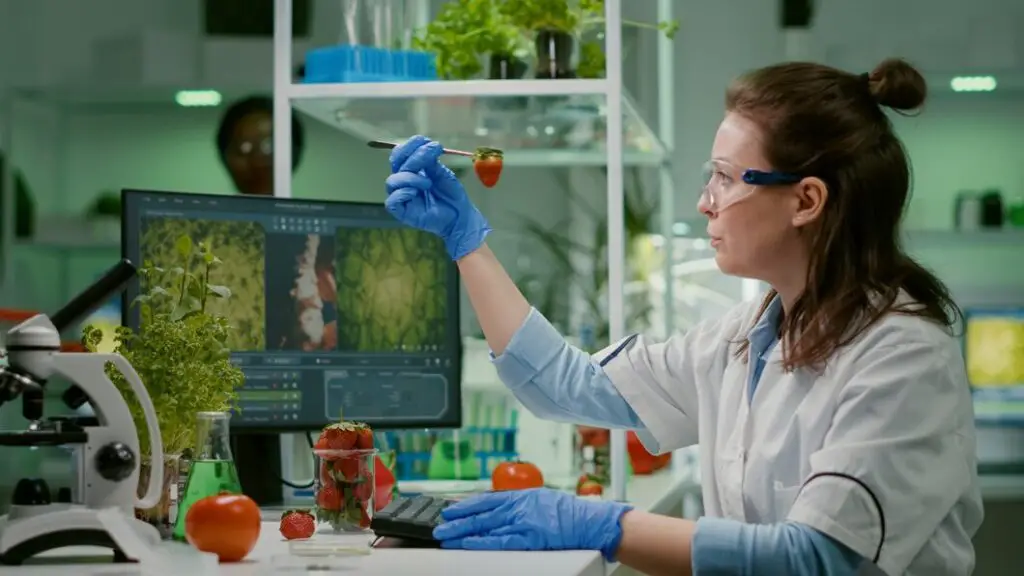
Panoponica’s investment in cutting-edge technologies and research has paved the way for sustainable food production. Their commitment to addressing food security through innovative farming practices sets an inspiring example for the industry, encouraging others to follow suit. With the ever-increasing global population and the challenges posed by climate change, it is imperative that we continue to seek sustainable solutions like those offered by Panoponica to ensure a secure and prosperous future for all.
• Panoponica utilizes hydroponics, a soil-less cultivation method, to address food security
• Hydroponics allows for year-round cultivation and consistent supply of fresh produce
• Panoponica’s hydroponic systems demonstrate higher water and resource efficiency compared to conventional farming methods
• Precise water management and nutrient delivery minimize waste and protect natural resources
• Panoponica is exploring vertical farming techniques to maximize space utilization
• Vertical farming reduces the need for transportation, lowering the carbon footprint associated with food production
• Panoponica’s investment in cutting-edge technologies sets an example for sustainable food production
• Their innovative farming practices encourage others in the industry to follow suit
• Sustainable solutions like those offered by Panoponica are crucial in addressing global population growth and climate change challenges.
The Future of Farming: Exploring Panoponica’s
Panoponica, a leading innovator in sustainable agricultural practices, is paving the way for the future of farming. With their cutting-edge technologies and commitment to environmental stewardship, they are revolutionizing the way we grow our food. By harnessing the power of hydroponics and vertical farming, Panoponica is able to cultivate crops in a controlled environment, without the need for soil or traditional farming methods.
One of the key advantages of Panoponica’s approach is its ability to maximize space utilization. Vertical farming allows for crops to be grown in stacked layers, taking up significantly less land than traditional agriculture. This means that farmers can produce more food in a smaller footprint, making it an ideal solution for urban areas where space is limited. Additionally, Panoponica’s hydroponic systems eliminate the need for pesticides and herbicides, offering a more sustainable and environmentally friendly alternative to conventional farming methods.
Not only does Panoponica’s innovative approach to farming address the issue of food security by increasing production, but it also has the potential to reduce water usage and mitigate the effects of climate change. Hydroponic systems used by Panoponica have been shown to require up to 90% less water compared to traditional farming methods. This is achieved by recycling and reusing water within the closed-loop system, minimizing waste and reducing dependency on freshwater sources. Furthermore, vertical farming can help mitigate the effects of climate change by reducing the need for long-distance transportation of food, thereby decreasing carbon emissions associated with food production and distribution.
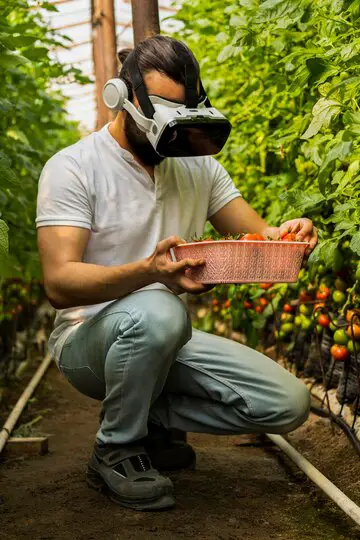
Here’s a table summarizing Panoponica Technology, which is revolutionizing agriculture with advanced hydroponics:
| Feature | Description | Advantages |
|---|---|---|
| Multi-Level Farming Systems | Maximizes vertical space, allowing higher crop density in limited areas. Ideal for urban environments and scarce arable land. | – Space-efficient – Urban farming potential |
| Enhanced Climate Control | State-of-the-art technologies regulate temperature, humidity, light, and CO₂ levels. Optimal growth regardless of external weather conditions. | – Precise environmental control – Year-round production |
| Advanced Nutrient Delivery | Ensures precise nutrient balance for optimal plant health and yield. Minimizes waste and resource use. | – Efficient nutrient utilization – Sustainability |
| Versatility | Suitable for growing various crops, from leafy greens to fruits and herbs. | – Diverse agricultural applications – Crop flexibility |
Panoponica’s potential applications span from urban rooftops to remote Antarctic bases, transforming how we think about food production
In conclusion, Panoponica’s forward-thinking practices in sustainable agriculture offer a glimpse into the future of farming. By embracing innovative technologies such as hydroponics and vertical farming, they are not only increasing food production but also addressing key issues of water scarcity and climate change. With their commitment to environmental stewardship and resource efficiency, Panoponica is paving the way for a more sustainable and resilient food system.
• Panoponica’s hydroponic and vertical farming techniques maximize space utilization, allowing for more food to be produced in a smaller footprint.
• The use of hydroponics eliminates the need for pesticides and herbicides, making it a more environmentally friendly alternative to traditional farming methods.
• Hydroponic systems used by Panoponica require up to 90% less water compared to conventional farming methods, reducing water usage and addressing issues of water scarcity.
• Vertical farming can help mitigate the effects of climate change by reducing carbon emissions associated with long-distance transportation of food.
• By embracing innovative technologies and sustainable practices, Panoponica is revolutionizing the future of agriculture and creating a more resilient food system.
For better understanding watch the below video.
What is Panoponica’s contribution to sustainable food production?
Panoponica utilizes advanced technology and innovative farming methods to ensure sustainable and efficient food production. They focus on vertical farming, hydroponics, and integrated pest management systems to minimize resource usage and maximize yield.
How does Panoponica address food security?
Panoponica addresses food security by implementing resilient and reliable farming systems. Their advanced technologies enable year-round production, reducing the dependency on seasonal variations and external factors that may affect traditional farming methods.
What are the benefits of vertical farming?
Vertical farming, employed by Panoponica, offers several benefits. It maximizes land usage by growing crops in vertically stacked layers, allowing for higher yields in limited spaces. Additionally, it reduces water consumption, decreases transportation costs, and minimizes the need for pesticides.
How does Panoponica employ hydroponics in their farming practices?
Panoponica utilizes hydroponics, a soilless cultivation technique, to grow plants. This method involves providing plants with all the necessary nutrients through water enriched with nutrients. Hydroponics eliminates the need for soil, reduces water usage, and allows for precise control over nutrient levels, promoting healthier plant growth.
What is integrated pest management (IPM)?
Integrated pest management (IPM) is an environmentally friendly approach to pest control that Panoponica employs. It involves combining various pest control methods, such as biological control, habitat manipulation, and targeted pesticide use, to effectively manage pests while minimizing harm to the environment and human health.
How does Panoponica ensure sustainable resource usage in their farming practices?
Panoponica implements various sustainable practices to optimize resource usage. These include water-recycling systems, energy-efficient lighting, and precise nutrient delivery systems. By minimizing water, energy, and nutrient waste, Panoponica contributes to sustainable agriculture.
Can Panoponica’s farming methods be adapted to different climates?
Yes, Panoponica’s advanced farming methods, such as vertical farming and hydroponics, can be adapted to different climates. These technologies allow for controlled environments where temperature, humidity, and light conditions can be adjusted to suit the specific needs of different crops and climates.
Does Panoponica’s farming approach promote organic farming practices?
While Panoponica’s focus is on sustainable and efficient food production, their farming practices can be adapted to organic farming principles. By minimizing pesticide use, conserving resources, and promoting biodiversity, Panoponica’s methods align with the core principles of organic farming.
What role does technology play in Panoponica’s farming practices?
Technology plays a crucial role in Panoponica’s farming practices. They employ advanced sensors, data analytics, and automation systems to monitor and optimize crop growth conditions. These technologies enable precise control over environmental factors and resource usage, leading to increased efficiency and productivity.
How does Panoponica contribute to a more resilient and secure food supply in the future?
Panoponica’s innovative farming methods contribute to a more resilient and secure food supply by reducing reliance on external factors and mitigating the impacts of climate change. Their year-round production, resource-efficient techniques, and advanced technologies ensure a consistent and reliable food supply, even in challenging conditions.

Nicole Burke is a dynamic writer at SouthElMonteHydroponics, fueled by her passion for horticulture and environmental sustainability. Armed with a degree in Environmental Science from a renowned institution, Nicole’s expertise lies in hydroponic gardening, organic farming, and biodiversity conservation. Her insatiable curiosity and love for nature drive her to explore innovative techniques in hydroponics, seeking to revolutionize the way we grow crops in urban environments. Nicole’s writing reflects her deep commitment to promoting eco-conscious practices and fostering a deeper connection between humans and the natural world. Through her engaging storytelling, she inspires others to embrace sustainable living and harness the power of hydroponics for a greener future.


